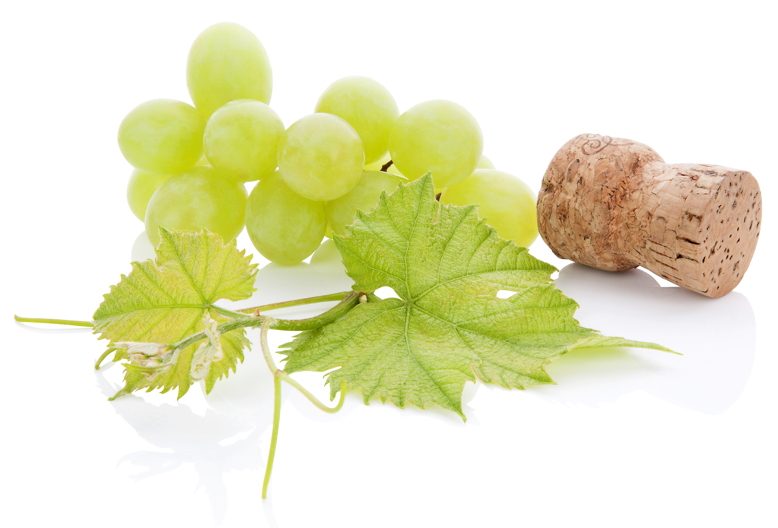
It used to be that wines of 12.5 percent alcohol by volume (ABV) were considered “the benchmark,” or typical strength, says Vincent Sacco, sommelier of Vic & Anthony’s in Atlantic City. But a trend toward powerful reds of up to 14.5 percent ABV—sometimes attributed to higher scores given those wines by influential critics like Robert Parker—have gradually pushed the average higher.
That’s changing. “Ten years ago,” says Sharon Sevrens, owner of Amanti Vino in Montclair, “I got more requests for big, bold Australian shirazes. [Now] people are reading the labels and saying, ‘I was really looking for a 12.5 percent. This is too high at 13.’ Lower alcohol wines,” Sevrens adds, “are more in balance. They taste better, and you can drink more and still feel good the next day.”
Lower ABVs are easier to pair with food, and they often display better balance of acid and sweetness. Sweetness, as residual sugar, is actually one of the qualities that attract people to low-ABV wines. Sacco notes that sweetness remains when fermentation is halted before all the sugar in the juice has been converted to alcohol.
“We’re a country raised on juices and sodas,” he says, “so it’s easier for us to like sweet things.”
Moscato, a sweet Italian grape and a current favorite, usually dip as low as 5 to 10 percent ABV. Champagne clocks in at 12 percent. Fruit-based wines, a staple of many New Jersey wineries, usually hover between 7 and 10 percent.
Yet lower ABVs don’t have to be sweet. Semidry versions often hail from cooler climates, such as Alsace and Burgundy in France, Piedmont in Italy, and Austria and Germany, where grapes take longer to ripen, meaning less sugar is available to be converted into alcohol.



